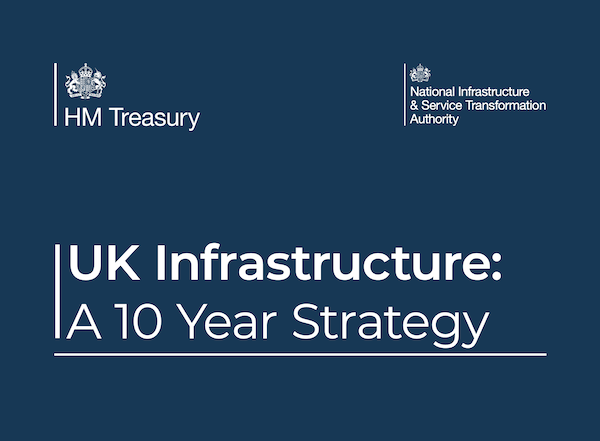
The ADCAS blog - Large businesses facing large scale challenges
In a previous blog piece we took a look at the recruitment challenges SMEs are currently facing and acknowledged the impact this issue has on future growth and prosperity.
There are, however, plenty of larger businesses (ADCAS members included) facing similar challenges as well as a host of other deep-rooted industry-wide problems. Though these organisations are often well equipped to deal with short-term concerns, there are a number of ongoing business issues which can’t be solved overnight and demand further attention from the private sector and government.
After collating feedback from large organisations in the industry, here are some of the current issues cited as significant business challenges:
- Recruitment - A shortage of skilled labour and employee demands have made it harder to fill positions, particularly in areas where highly trained operatives are required.
- Inflated business premises prices - Increasing property lease costs coupled with rising transportation costs has left many organsiations with the dilemma of choosing to be local to customers or switching to a centralised distribution model.
- Increased energy costs - Soaring energy costs have increased the emphasis on improving production efficiency. Many businesses have explored renewables such as solar but making the switch takes time and comes with challenges such as property surveys and landlord approvals.
- Journey to net zero - Many large organisations are actively engaged in reducing their carbon footprint with a view to meeting net zero targets. This brings its own challenges in meeting legislative requirements and deadlines whilst managing company resources in such a manner to minimise disruption to business.
- Raw material cost increases - The availability and pricing of materials remains volatile and has a significant impact on timeframes and delivery costs of many projects. The cost of essential materials such as steel have been steadily rising for some time, leading to supply chain issues.
- Risk of bad debt - Material price increases have pushed many contractors right up to their credit limits, resulting in extended remittance periods. There has been a reduction in the amount of bad debt covered by insurers.
- Employee engagement - Organisations with significant staffing networks sometimes struggle to get key messages across to employees and to foster a positive work culture in which individuals feel supported and motivated.
- Shortage of transportation - Long lead times on vans and trucks and a limited capacity of haulers and carriers have led to delays for some larger organisations.
- Reduced volume production savings - Periods in which demand is lower can mean a reduction in the savings that major manufacturers can make by producing large volumes of product.









